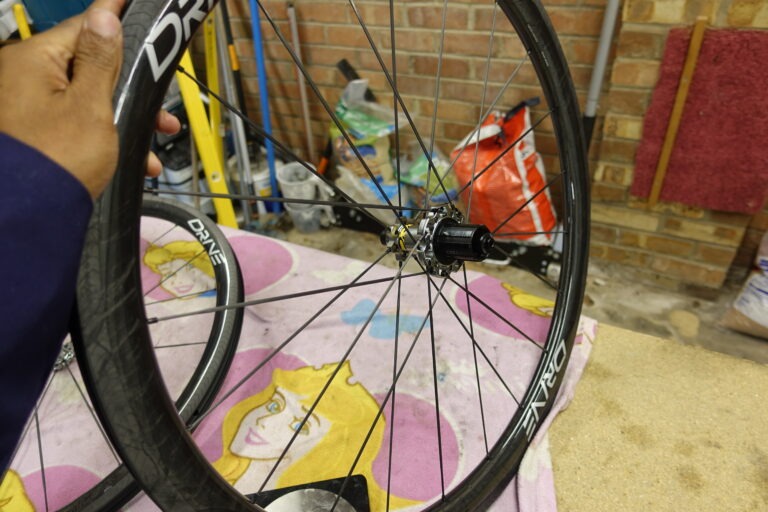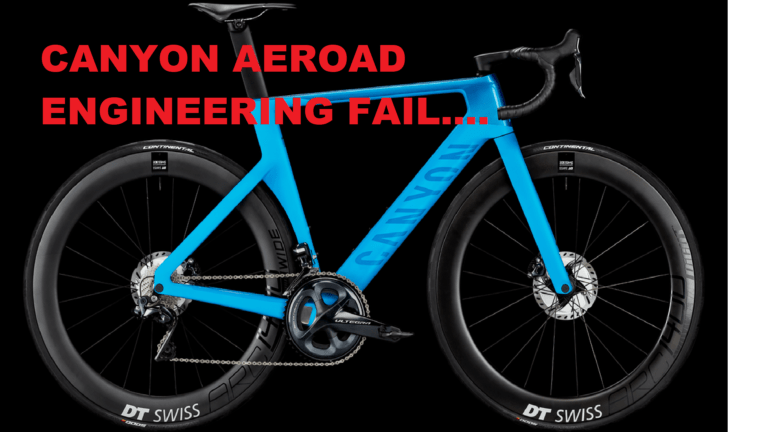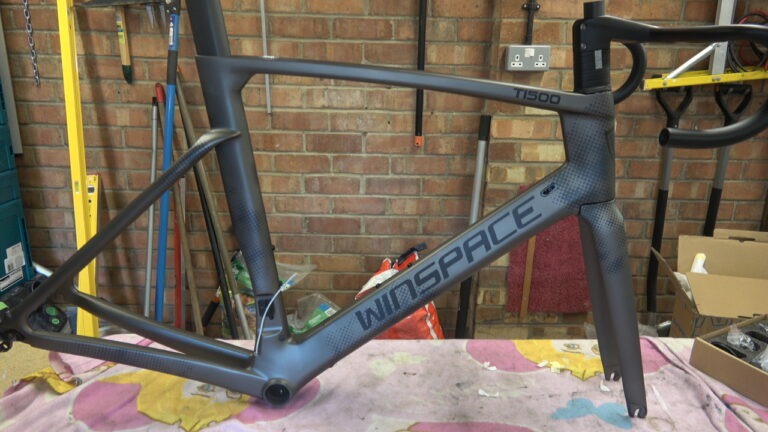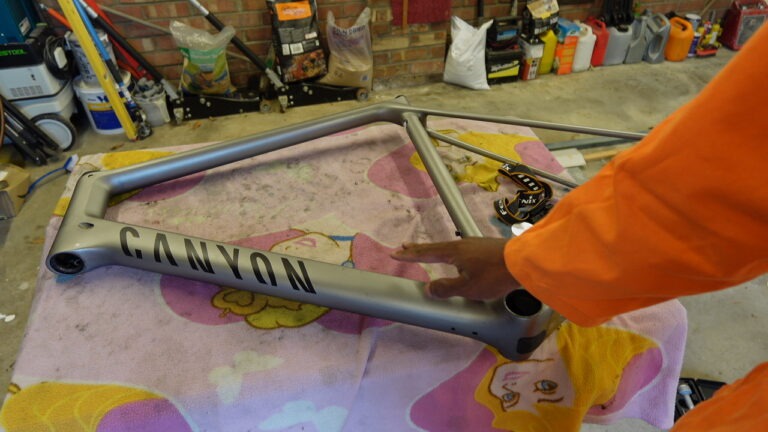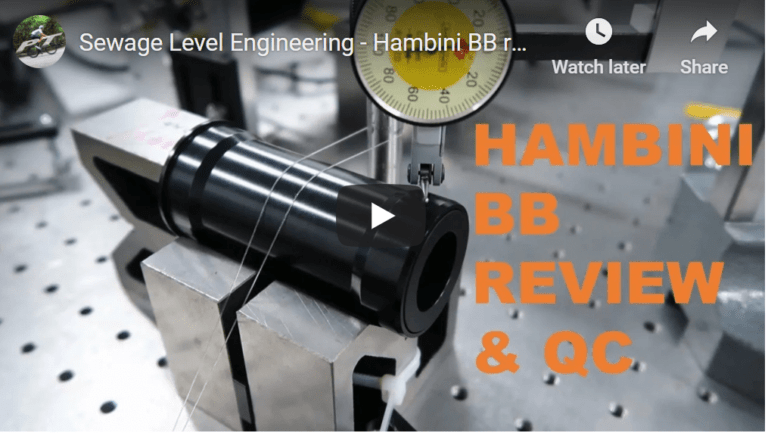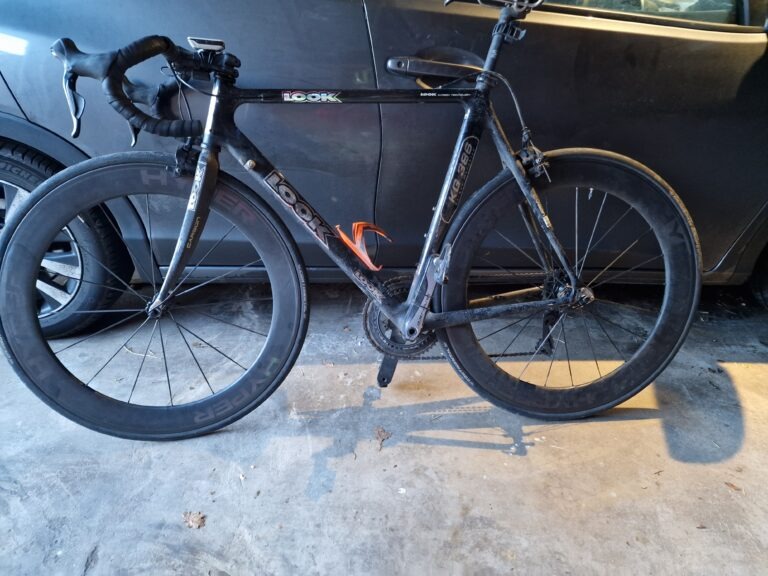Magene EXAR Ultra DB508 2025 Wheelset Review
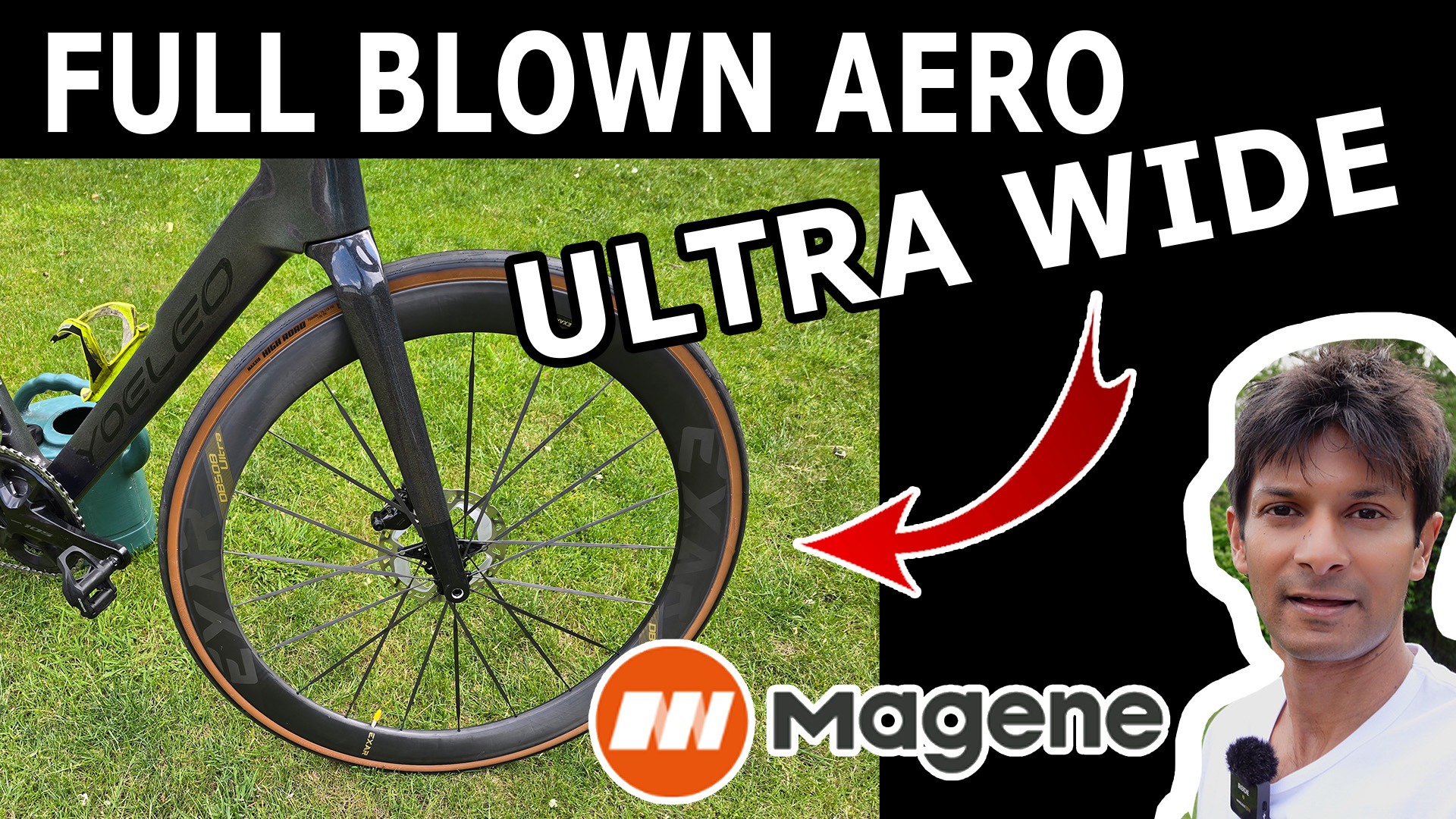
The Magene EXAR Ultra DB508 2025 wheelset enters the market claiming serious aerodynamic credentials, aggressive design features, and a no-compromise attitude. In this technical breakdown, we’ll take a closer look at the construction, component selection, ride performance, and engineering decisions that set this wheelset apart from the usual carbon rebrands flooding the market.
Rim Design and Profiles
One of the standout aspects of the DB508 wheelset is the asymmetric rim design. The front and rear wheels use different depths and widths for aerodynamic optimisation. The rear rim is 30 mm wide externally with a depth of approximately 58 mm. The front rim is slightly narrower with a depth of around 48 mm. This staggered profile improves stability in crosswinds while maintaining a solid aero footprint when paired with modern 28 to 32 mm tyres. The wider rear also enhances tyre shape conformity and rolling resistance.
The external width of the rear rim means that when paired with a 28 mm tyre, the wheel achieves a near seamless tyre to rim interface. This reduces turbulence at the leading edge and allows for better airflow attachment. The front, being narrower, ensures more nimble handling and improved response during sudden direction changes. This setup is ideal for riders who encounter mixed terrain and want a balance of aero efficiency and handling.
Tyre fitment on these rims was straightforward. Hooked bead construction with tubeless ready channels means compatibility with most modern tyres. Inflation held steady during our test period and seating was easily achieved with a standard track pump.
Spokes and Nipple Interface
The spokes are full carbon, manufactured by a third party called Vonda, and feature a unique construction. Each spoke measures roughly 5 mm in depth and 0.8 mm in thickness. These are not the usual bonded straight pulls or metal inserts glued in with resin. Instead, the carbon fibres extend into a metal sleeve which is then mechanically flared on the outside. This arrangement resists pull through under extreme loads and provides reliable long term fatigue performance.
Hidden nipples are used at the rim end. They’re deeply recessed and accessed only by removing the tyre and rim tape. While this adds complexity during servicing, the benefit is a cleaner aero profile and lower drag. The internal routing also contributes to improved spoke alignment, as there’s no external spoke hole deformation or stress risers. However, for mechanics or home users, it does add time and hassle when truing or tensioning is required.
Spoke patterning is also worth noting. On the rear wheel, the drive side is radially laced, while the disc side uses a two cross pattern. This reduces torque transfer distortion during braking, which is important on disc equipped race bikes. The front wheel follows a similar approach. The distance from spoke insertion point to hub flange is kept to a minimum, reducing the bending moment and enhancing stiffness.
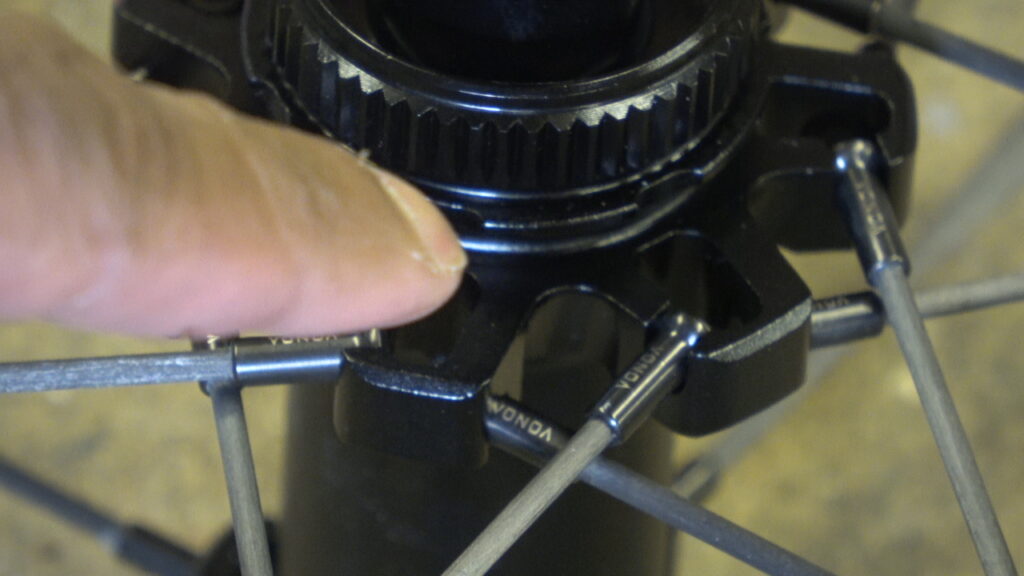
Hub Construction and Internals
The front hub uses a 15x26x7 mm bearing on both sides. The fit and preload feel tight but not overdone. Engagement between axle and end caps is snug, and there’s no rocking or creaking under load. The disc interface is a full spline, not the cutaway or short spline version seen on budget hubs.
Internally, the rear hub employs a ratchet mechanism. This is not a pawl based system but a drive ring style interface similar to DT Swiss. The ratchets are driven by rectangular profile springs instead of the usual round spring wire. This change provides a more consistent contact force and can reduce mis engagement under high torque. It also improves longevity, especially in wet or dirty conditions.
To access the internals, you’ll need a proprietary tool to disengage the locking mechanism. Some hubs allow for finger disassembly, but this one is a tighter tolerance fit. Once inside, machining on the drive teeth is clean and even. No sign of casting flash or poor tolerances. Everything fits well, with a clear focus on engagement precision.
The freehub body is not hard anodised. During testing, cassette bite marks were visible after a few 1000km. Riders using cassettes with steel sprockets should be aware that this may lead to long term damage or cassette lock in, this can be mitigated by using a deeper cassette lockring to minimize fretting. Heavier riders or those using high torque applications (such as sprinting or climbing under load) might want to keep an eye on it.
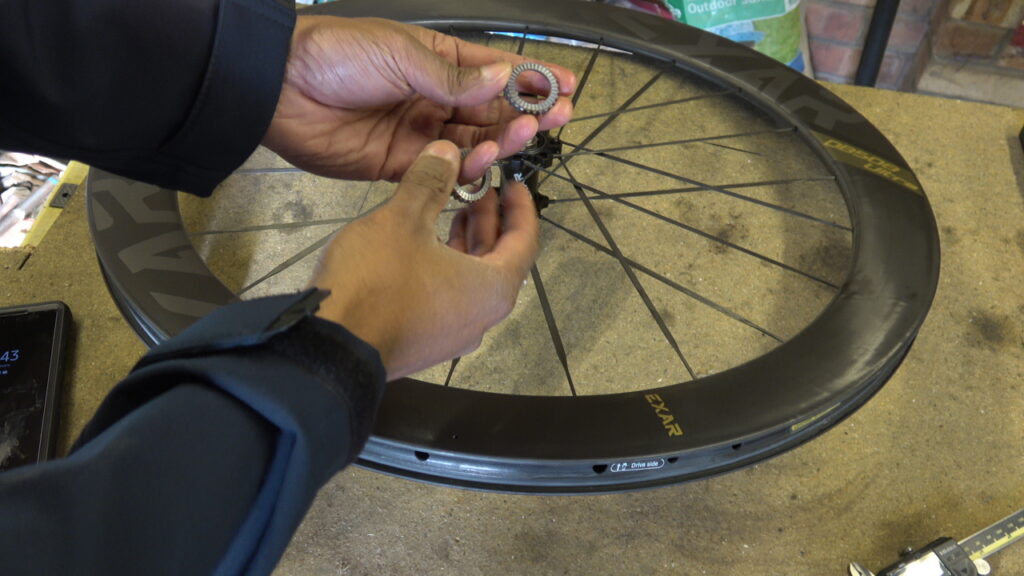
Ride Impressions and Stiffness
Let’s address the most obvious characteristic first: these wheels are stiff. Exceptionally so. Both laterally and vertically, there is very little compliance. This is not inherently bad, but it does affect ride quality. If your typical riding conditions involve rough roads, potholes, or extended time in the saddle, you may find the harshness tiring.
That said, the flip side is directness. When you put power down or change direction, the response is immediate. There’s no wind up, no delay, no sponginess. This is especially noticeable when climbing out of the saddle or accelerating hard from a slow speed. The wheels feel taut and efficient. Cornering is equally solid. The lack of flex when changing direction is quite noticeable.
The aero effect is subtle but real – it has been verified in a wind tunnel. The deep rims and smooth carbon spokes cut through air cleanly. There’s also a distinctive noise, a sort of hollow swoosh, as the spokes slice the wind. It’s not loud or annoying, but it’s noticeable and reinforces the sense of speed.
In crosswinds, behaviour is surprisingly composed. Despite the deep rear rim, the staggered front reduces steering twitch and helps keep the bike settled. Wind loading is predictable and doesn’t lead to unwanted bar movement, even in gusty conditions.
Weight and Practicality
The claimed weights are 699 grams front and 744 grams rear, and my scale measurements matched closely. These aren’t ultralight climbing wheels, but they’re not boat anchors either. For an aero focused, deep section carbon set with full carbon spokes, these weights are competitive.
One practical note: servicing will take longer than traditional wheelsets. Truing or spoke replacement involves removing the tyre, rim tape, and carefully accessing the hidden nipple interface. While this isn’t a deal breaker, it’s worth noting for anyone considering them as a daily training wheel.
Build Quality and Finish
Cosmetically, the finish is very clean. Matte carbon weave is uniform, no puckering around spoke holes, and graphics are subdued. Magene has resisted the urge to plaster the rims in oversized logos, which will appeal to riders who prefer a stealth aesthetic.
Internals are also well executed. Ratchet teeth are cleanly cut. Springs are consistent and free from chatter. Bearing seats are precise, and during teardown, there was no evidence of galling or improper preload.
Thread fits, axle interfaces, and the machining of the freehub all reflect a level of care not often seen at this price point. Compared to similar offerings from more established Western brands, the EXAR DB508 holds up well. This isn’t rebadged open mould gear. It appears to be engineered with intention.
Conclusion
The Magene EXAR Ultra DB508 2025 wheelset isn’t a jack of all trades. It’s a specialised tool for riders who want speed, responsiveness, and stiffness. It’s not built for comfort, nor does it pretend to be. What it offers instead is an aero optimised, carbon spoked, deep section wheelset with precise manufacturing and competitive weight.
It’s ideal for racing, fast group rides, and riders who want maximum power transfer. Those looking for comfort, compliance, or easy maintenance should consider something more forgiving. But if your priority is efficiency and performance, and you’re prepared to live with a few servicing quirks, the DB508 offers serious value.
With carbon spokes, a wide rear rim, a unique ratchet system, and decent finishing quality, it stands out from the generic carbon crowd. It’s engineered, not just assembled. And that alone makes it worth a closer look.
Full teardown photos, tolerancing measurements, and long term wear analysis are available on Patreon for those interested in the detailed engineering data.

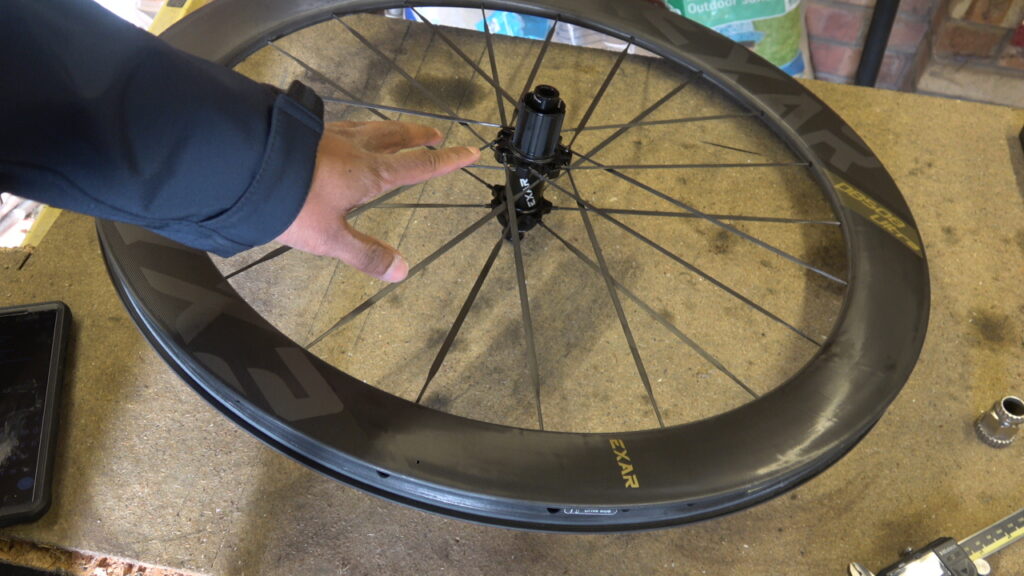
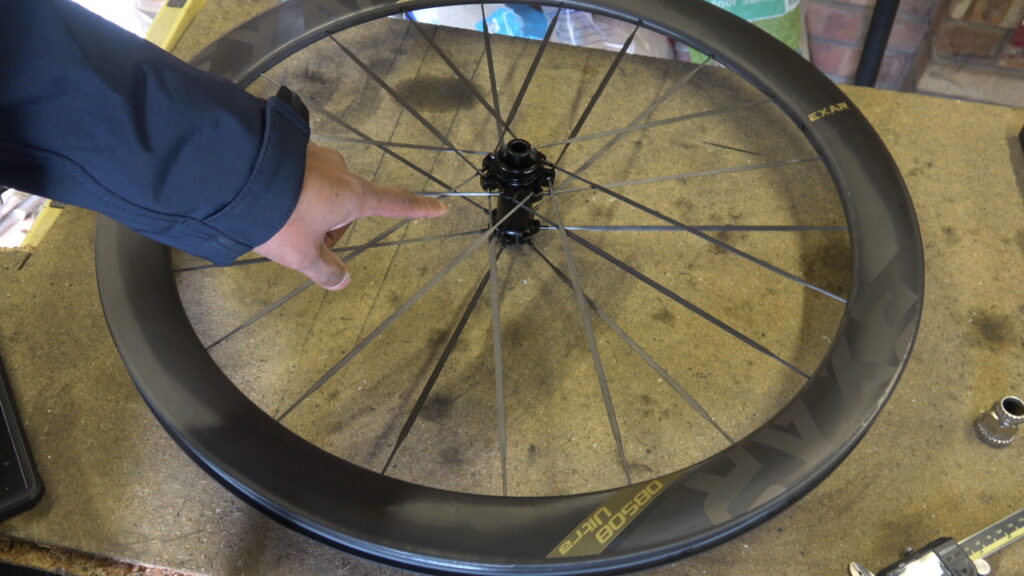
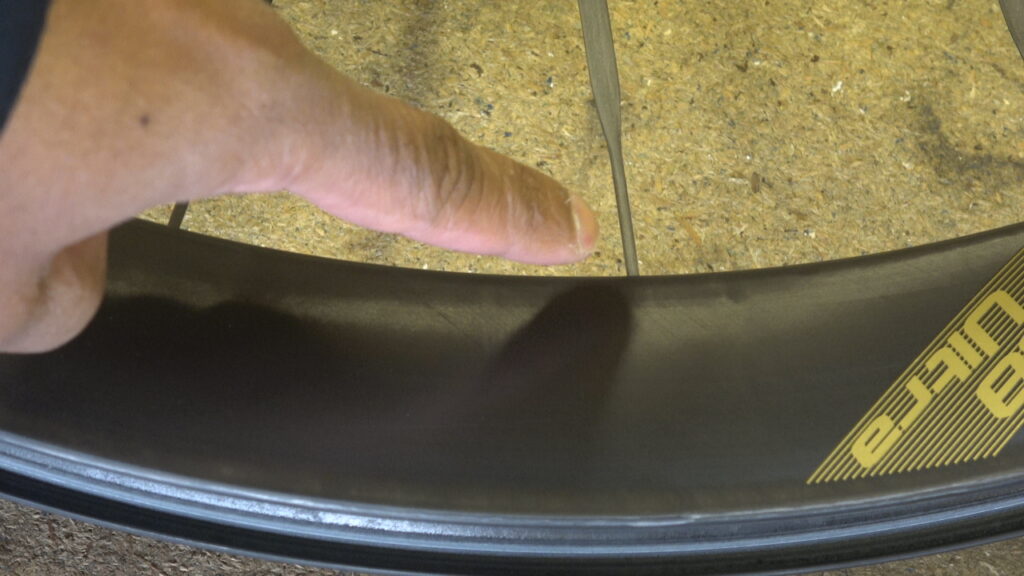

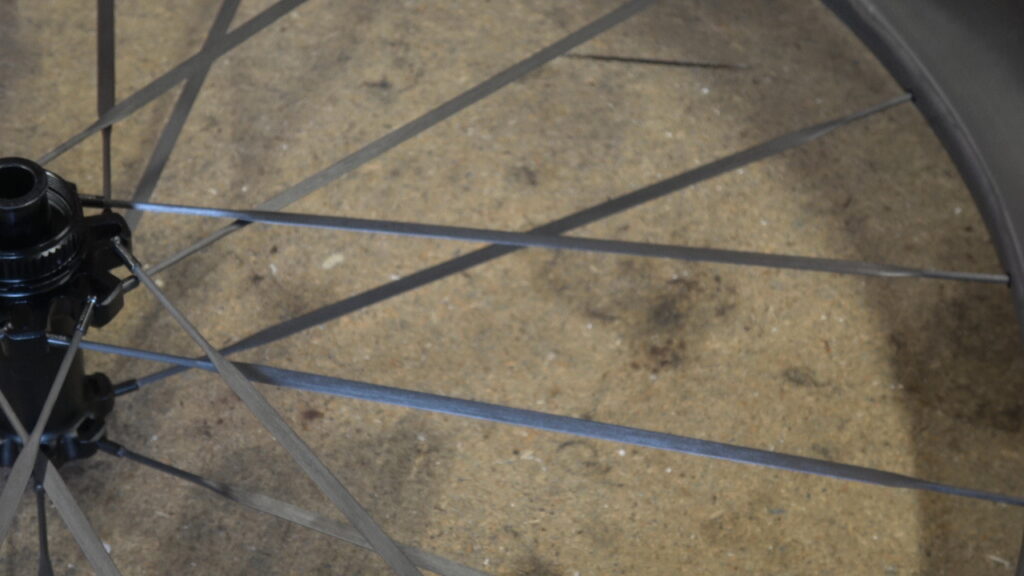
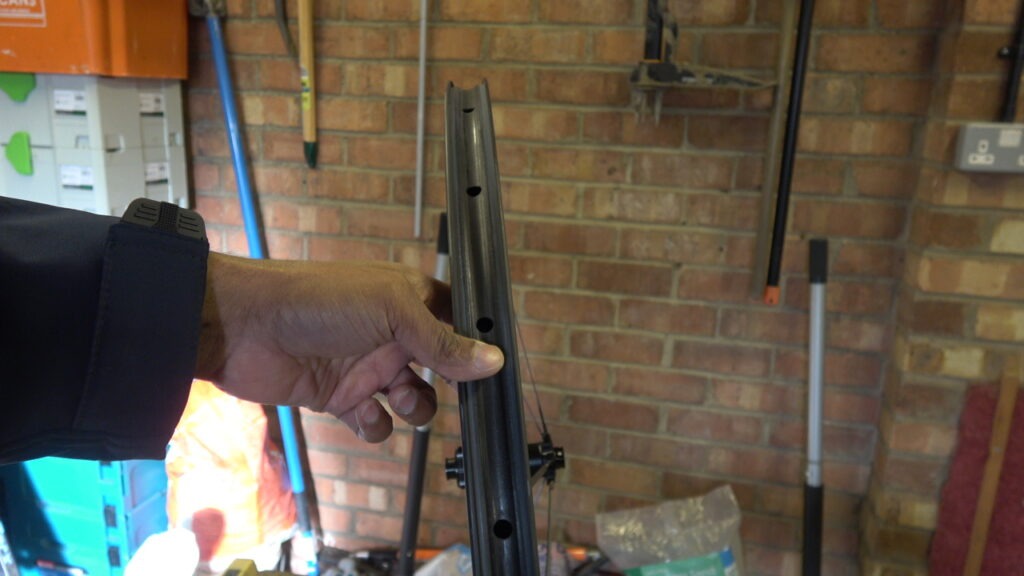
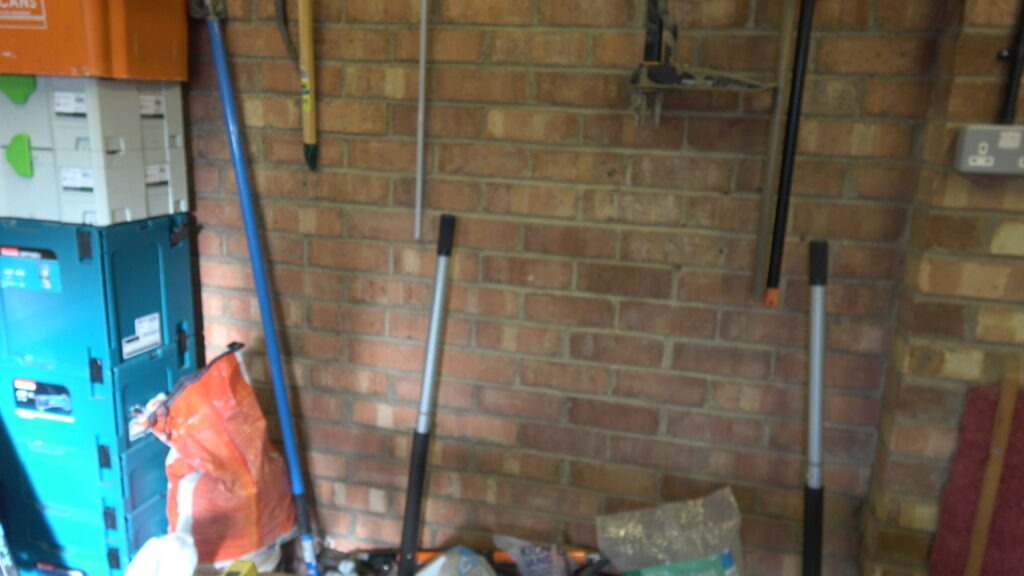
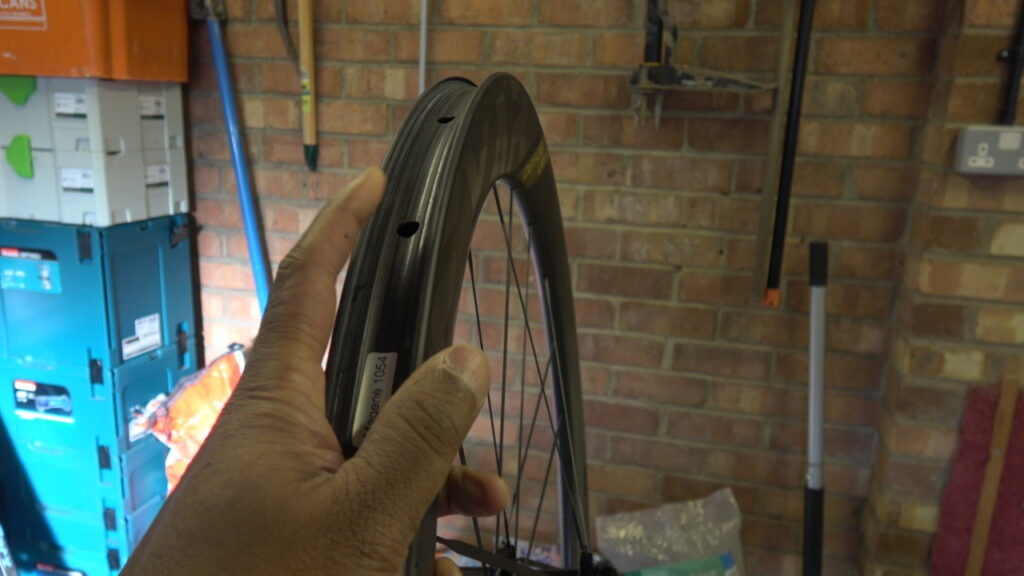
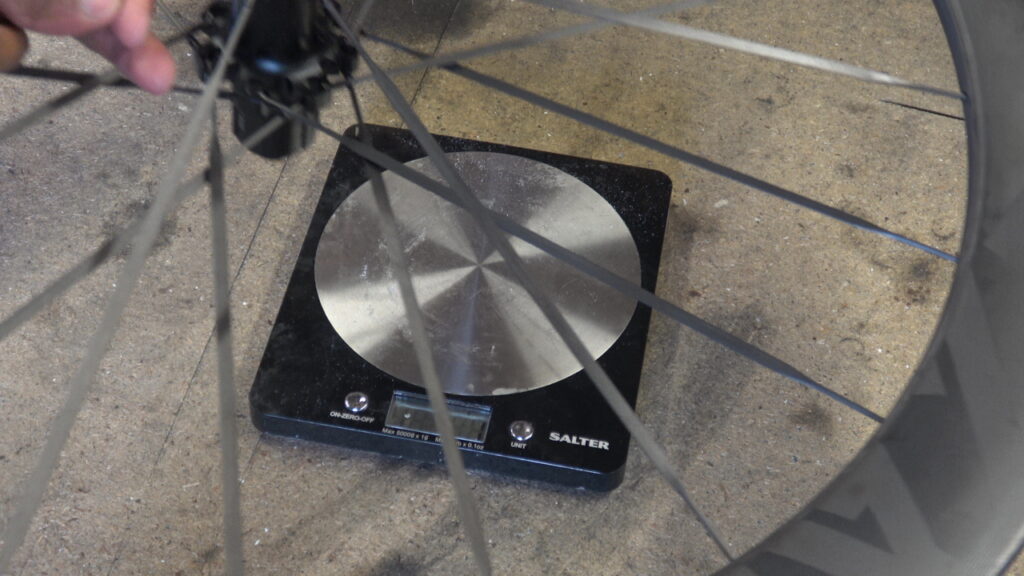

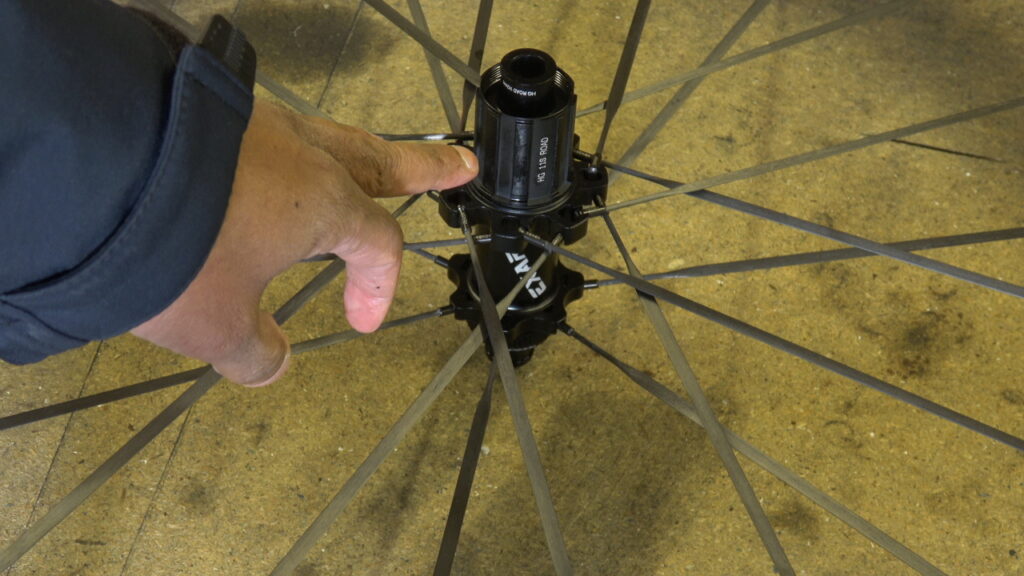
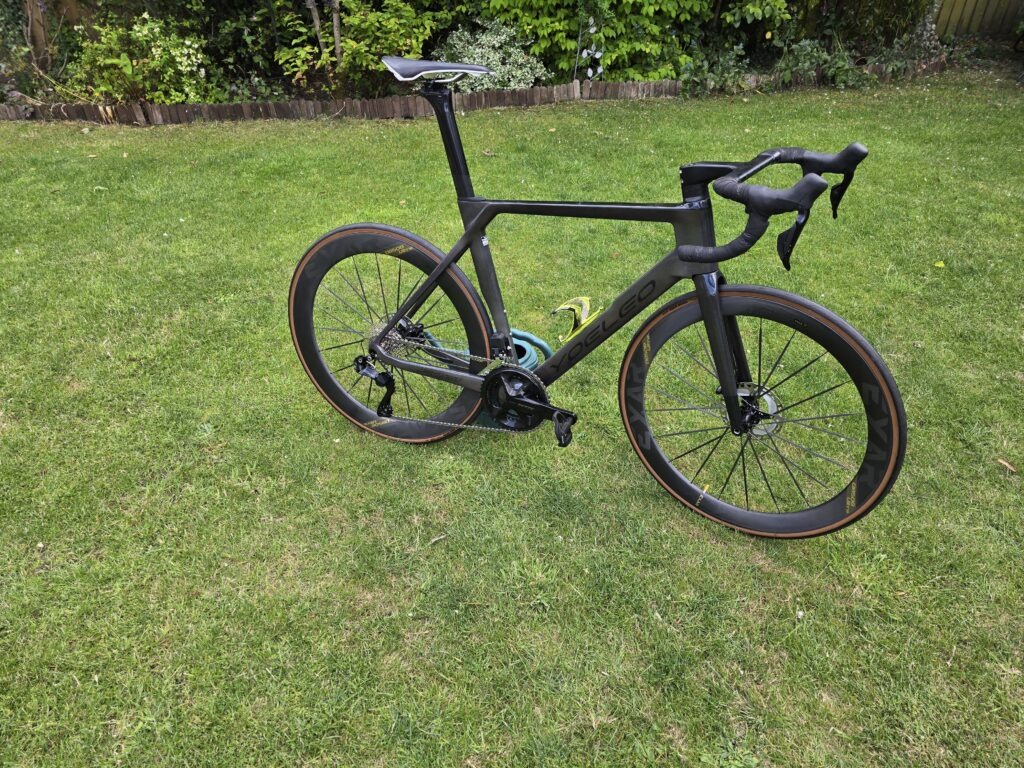
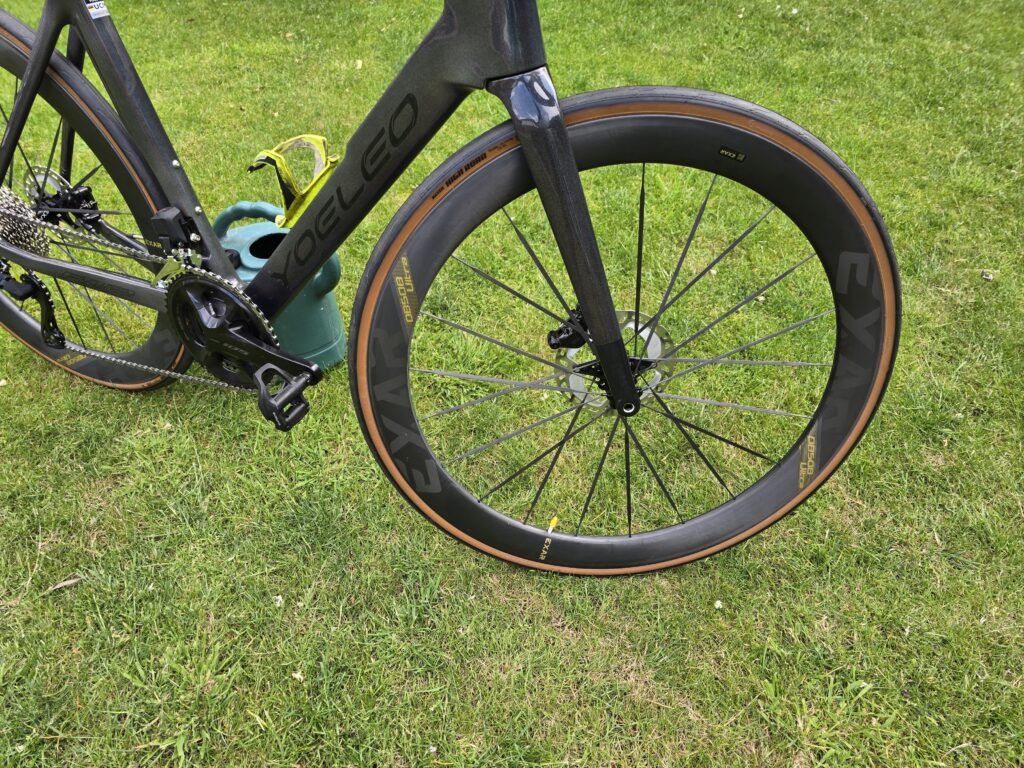
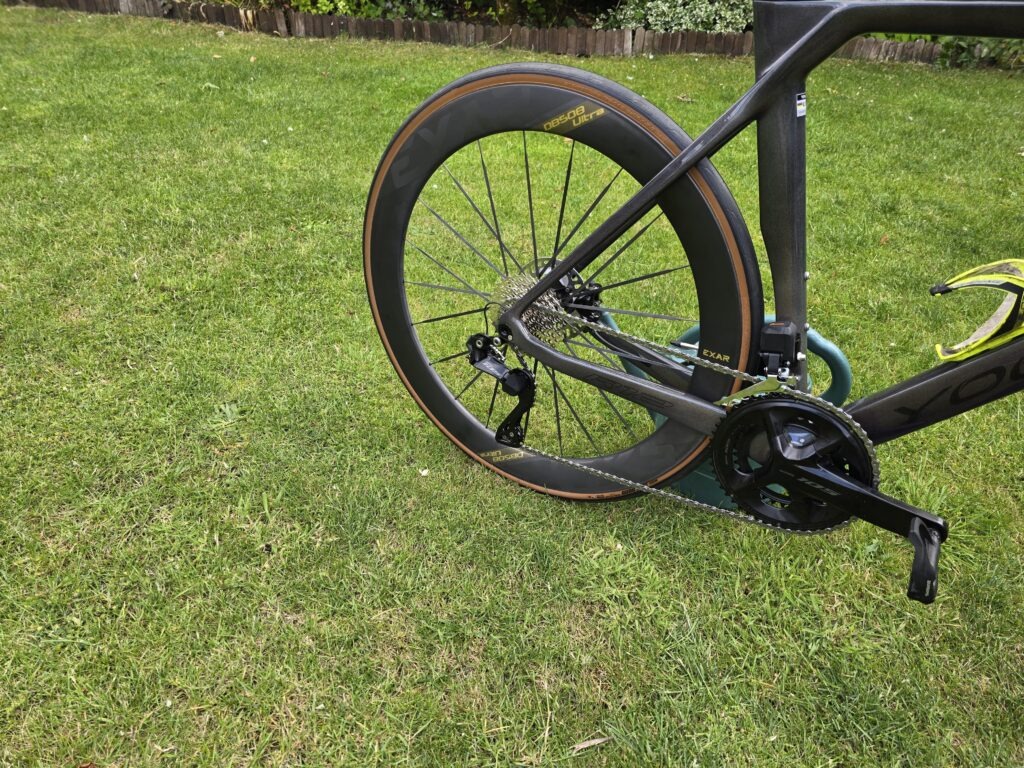
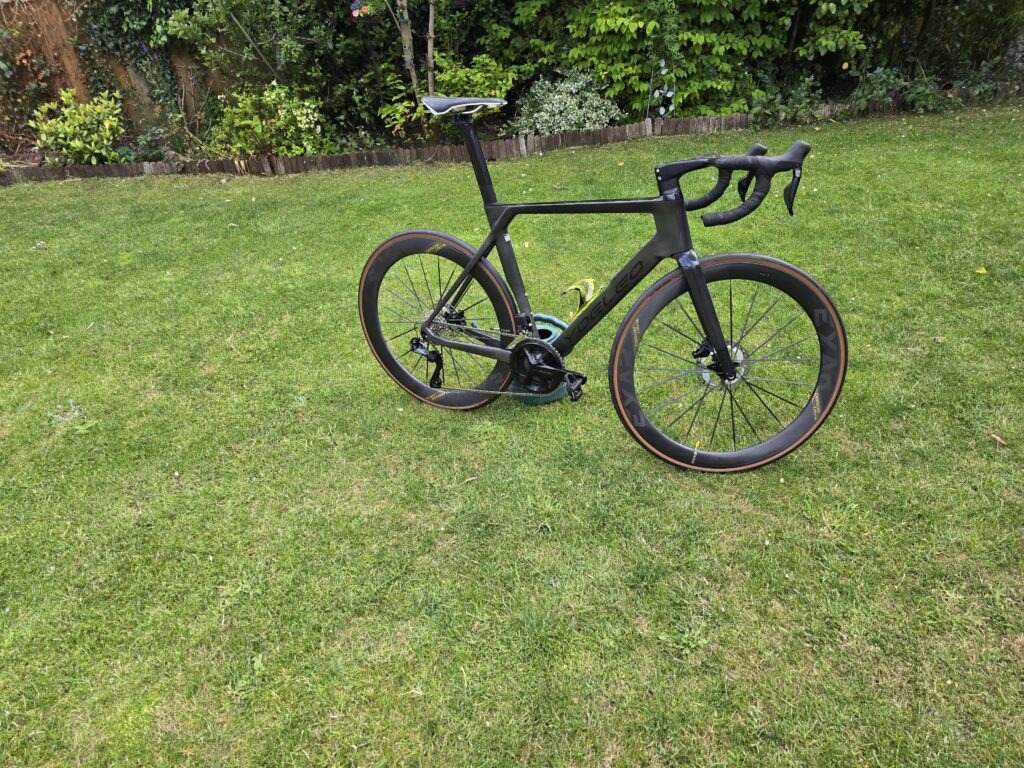
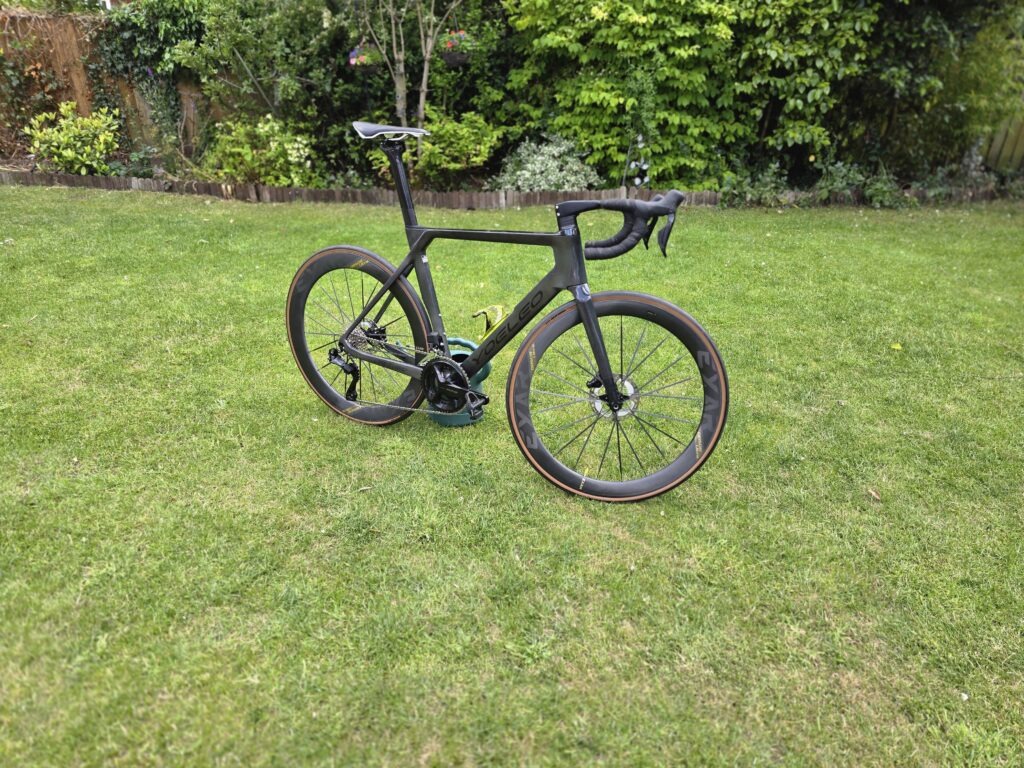
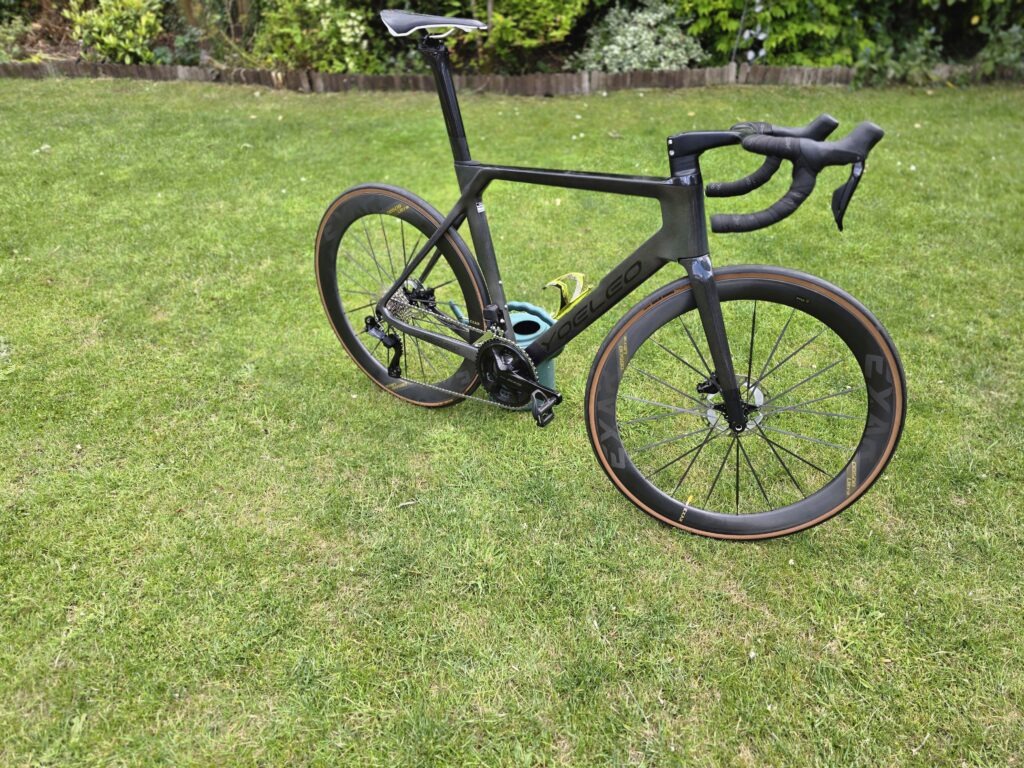

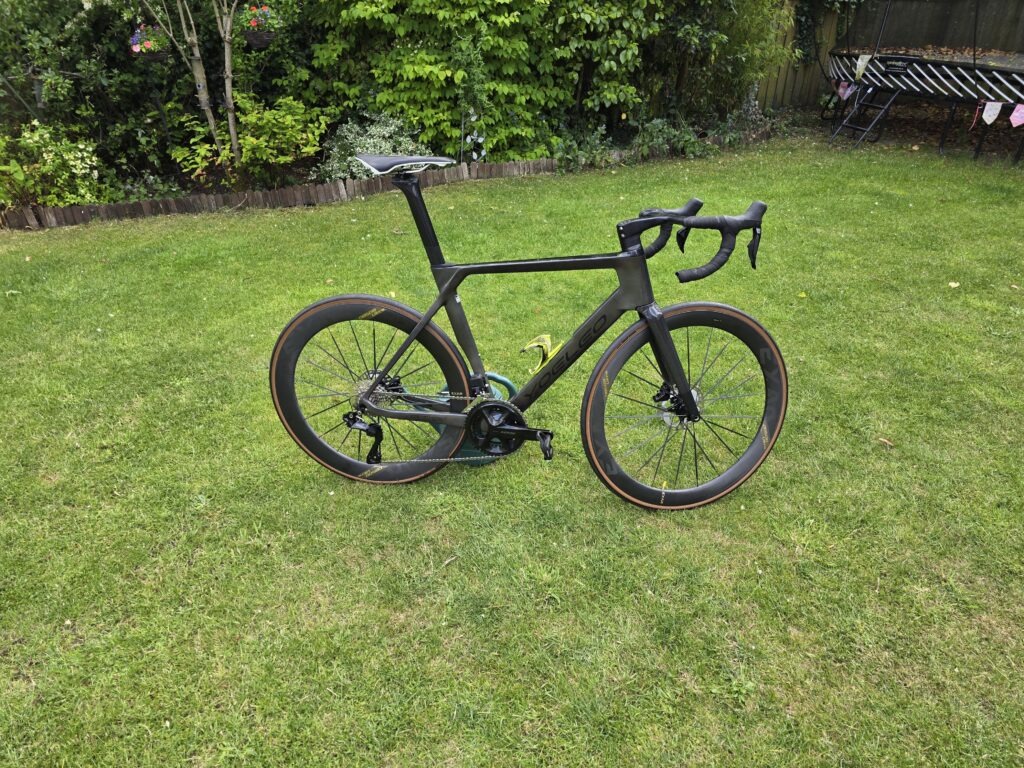
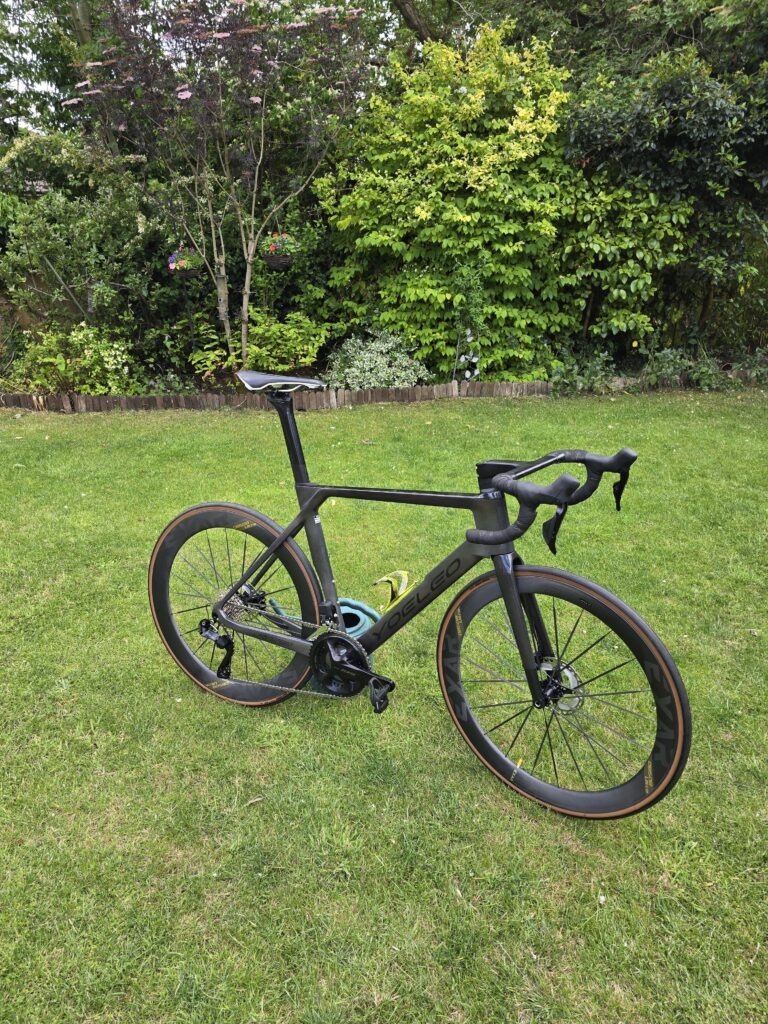
Watch on YouTube
Links
- Magene EXAR Link to website
- Patreon for the wheel test certificate
Discount codes
You can view a variety of discount codes from a number of manufacturers here

